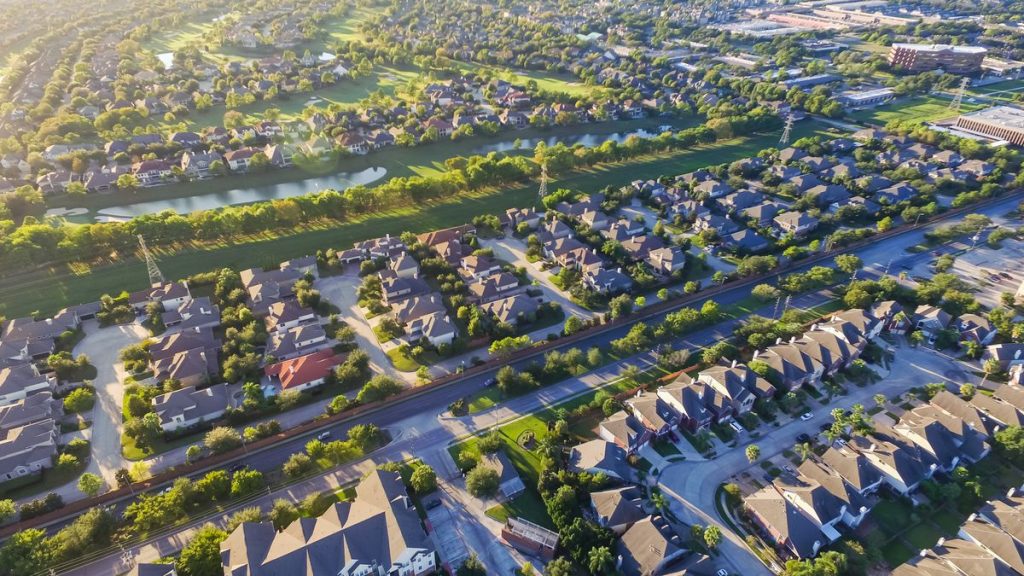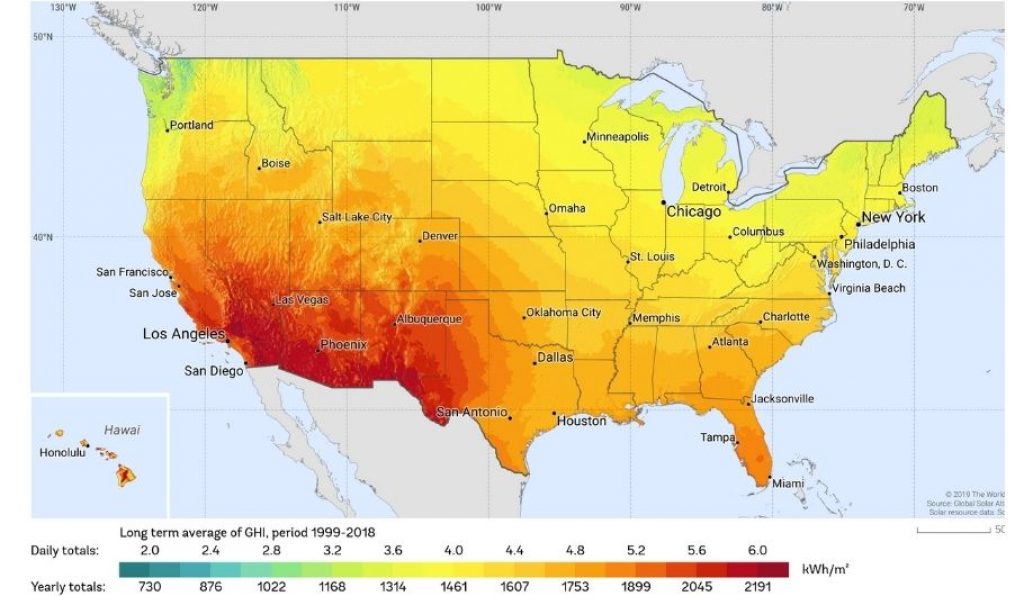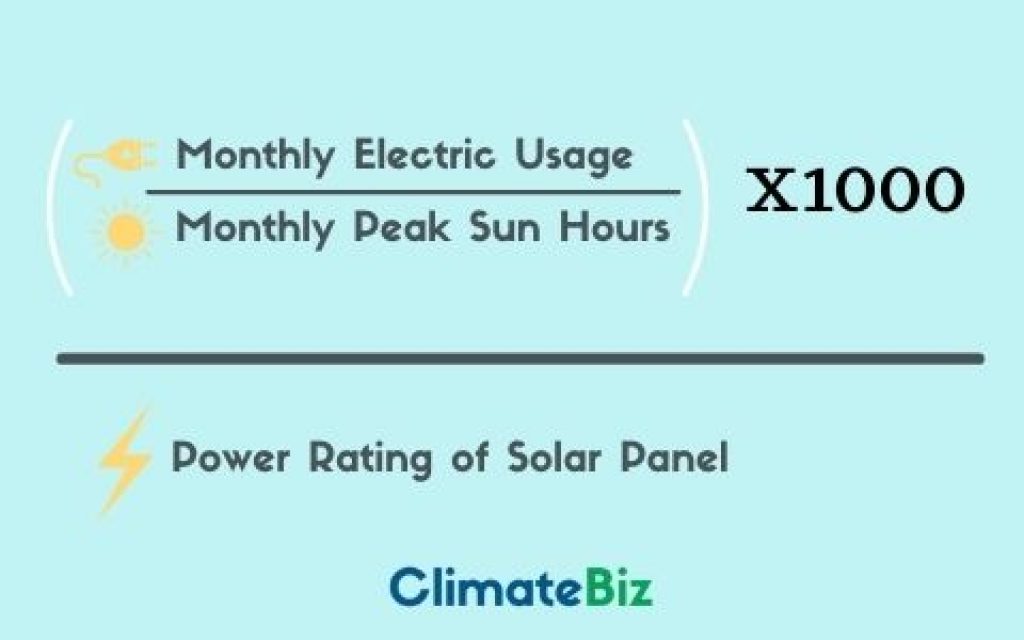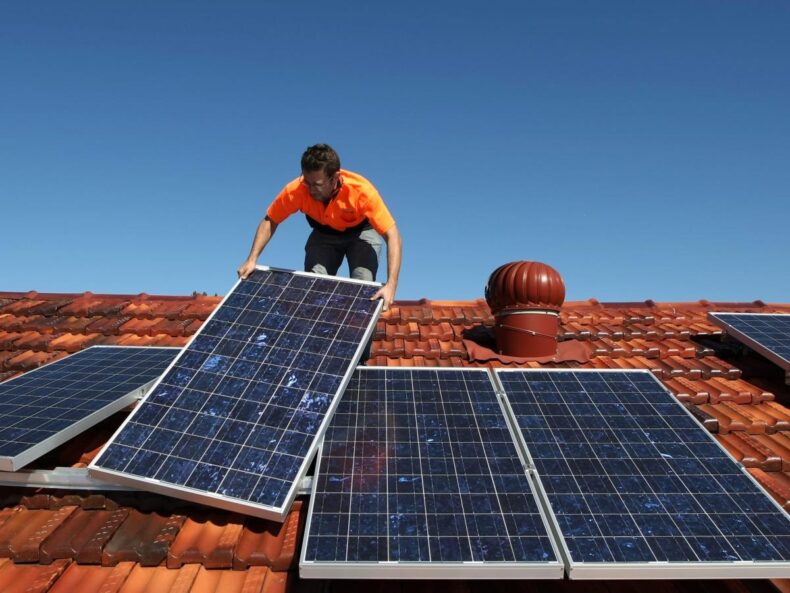Texas is among the sunniest states in the U.S. It stands to reason why many Texas residents wonder whether it’s worth investing in solar panels.
In short, solar panels are worth installing in The Lone Star State.
However, as a prospective solary system owner, it’s in your best interest to arm yourself with as much knowledge as possible.
Sure, knowing that solar panels are worth it in Texas is helpful, but how much does a solar system in Texas cost? How many panels do you need? And above all, how long will it take for your system to pay itself off?
Let’s take a look.
Note to our readers: If you live in a different state within the USA, you can find your GHI here.
Table of Contents
Are solar panels worth it in Texas?

Yes, solar panels are worth installing in Texas. In fact, the Global Horizontal Irradiation (GHI) average for Texas is 4.8 kWh/m2, making it one of the most adequate locations within the United States for residential solar panel installation. This stands true whether you own or lease your home.
If your Texas home has sufficient roof space and does not suffer from shading, installing solar panels will be worth it.
The reason is simple — Texas has more than enough sun, and solar panels require ample sunlight to operate at peak efficiency.
Understanding the climate in Texas
Texas has quite a varied climate. It ranges from arid and semi-arid in the west to humid and subtropical in the east.
Generally speaking, the best months for solar production in Texas are between March and September. In March, the sun passes directly over the equator. It reaches its furthest north point in the sky in June, and in September, it crosses the equator.
In short, Texas has the ideal weather conditions to produce a consistent amount of energy via a photovoltaic system.
How many sunlight hours does Texas receive?
On average, Texas receives around 4.8 kWh/m2. However, if you’d like to see your exact peak sunlight hours, refer to the following map:

Why is it beneficial to know your area’s peak sunlight hours?
Well, this data and your electricity consumption are critical to figuring out what size solar system will suit your needs.
More importantly, you need to know how much a solar system will cost and how long it’ll take to recoup your initial investment.
Once you know this, you can establish whether solar panels suit your situation.
How much would a solar system cost in Texas?
The cost of your solar system depends on the following criteria:
- Your monthly electricity usage
- The amount of peak sunlight hours you receive
- The type of solar panels you choose
- The solar brand you choose
How much electricity do you use?
First things first, you need to establish your monthly electricity consumption.
To do this, look at your annual electricity bill and divide the kWh usage by 12 to get your monthly consumption.
The average monthly consumption in Texas is 1,094kWh.
How many peak sunlight hours do you receive?
As previously mentioned, Texas receives about 4.8 hours of sunlight a day.
What type of solar panels do you want?
Monocrystalline solar panels are by far the smarter, more efficient choice and are growing in popularity worldwide, particularly in Germany. However, they are slightly more expensive.
Your other option would be polycrystalline solar panels — they are less efficient but more affordable.
Which Solar Brand Should You Choose?
The solar brand you choose will impact the overall cost of your solar panel system.
Below we’ve featured a table that breaks down the cost per watt for all the solar companies found in the United States.
Remember, you probably won’t need such a large solar system. You may only require a 2.5kW solar system to offset your energy consumption.
We’ll help you figure out your home’s solar panel requirements later.
| MANUFACTURER | COST PER WATT | PRICE RANGE (6KW SYSTEM) | PRICE RANGE (10KW SYSTEM) |
|---|---|---|---|
| Axitec | $2.17 - $2.83 | $13,020 - $16,980 | $21,700 - $28,300 |
| Aptos | $2.46 - $3 | $14,760 - $18,000 | $24,600 - $30,000 |
| Canadian Solar | $2.70 - $3.2 | $16,200 - $19,200 | $27,000 - $32,000 |
| CertainTeed Solar | $2.33 - $3.49 | $13,980 - $20,940 | $23,300 - $34,900 |
| First Solar | $2.49 - $2.57 | $14,940 - $15,420 | $24,900 - $25,700 |
| Hanwha SolarOne | $2.8 | $16,800 - $16,800 | $28,000 - $28,000 |
| Heliene | $1.88 - $2.82 | $11,280 - $16,920 | $18,800 - $28,200 |
| Hyundai | $2.39 - $3.59 | $14,340 - $21,540 | $23,900 - $35,900 |
| JA Solar | $2.32 - $3.47 | $13,920 - $20,820 | $23,200 - $34,700 |
| Jinko Solar | $2.45 - $3.09 | $14,700 - $18,540 | $24,500 - $30,900 |
| LG Solar | $2.46 - $3.38 | $14,760 - $20,280 | $24,600 - $33,800 |
| LONGi Solar | $2.24 - $3.37 | $13,440 - $20,220 | $22,400 - $33,700 |
| Mission Solar | $2.25 - $3.37 | $13,500 - $20,220 | $22,500 - $33,700 |
| Next Energy Alliance | $2.30 - $2.58 | $13,800 - $15,480 | $23,000 - $25,800 |
| Panasonic | $2.44 - $3.1 | $14,640 - $18,600 | $24,400 - $31,000 |
| Peimar Group | $2.64 - $3.96 | $15,840 - $23,760 | $26,400 - $39,600 |
| Phono Solar Technology | $2.11 - $3.16 | $12,660 - $18,960 | $21,100 - $31,600 |
| Q CELLS | $2.32 - $3.16 | $13,920 - $18,960 | $23,200 - $31,600 |
| REC | $2.32 - $3.1 | $13,920 - $18,600 | $23,600 - $31,000 |
| Risen | $2.30 | $13,800 - $13,800 | $23,000 - $23,000 |
| S-Energy | $2.07 - $3.11 | $12,420 - $18,660 | $20,700 - $31,100 |
| Seraphim | $2.03 - $3.04 | $12,180 - $18,240 | $20,300 - $30,400 |
| Silfab Solar | $2.45 - $3.09 | $14,700 - $18,540 | $24,500 - $30,900 |
| Solaria | $2.17 - $3.25 | $13,020 - $19,500 | $21,700 - $32,500 |
| SunPower | $3.12 - $3.74 | $18,720 - $22,440 | $31,200 - $37,400 |
| Suntech | $2.14 - $2.92 | $12,840 - $17,520 | $21,400 - $29,200 |
| Tesla | $2.01 - $2.04 | $12,060 - $12,240 | $20,100 - $20,400 |
| Trina Solar | $2.31 - $3.39 | $13,860 - $20,340 | $23,100 - $33,900 |
| VSUN | $2.07 - $3.11 | $12,420 - $18,660 | $20,700 - $31,100 |
| ZNShine Solar | $2.68 - $4.02 | $16,080 - $24,120 | $26,800 - $40,200 |
How many solar panels do I need for my home in Texas?
To determine how much solar panels will cost for your Texas home, you must familiarize yourself with the solar array sizing formula.
You already have all the information in the 4 points above. Now you have to put it all together.
Use the following formula to determine the number of solar panels you require:
Monthly electricity usage / by monthly peak sun hours x 1000.
Then divide that answer by your potential panel’s power rating.

Using the above formula, let’s walk you through the steps you will need to take (replace your information where applicable).
Step 1. Figure out your electricity usage
- For this example, use 1,094kWh per month.
Step 2. What are the monthly peak sun hours in Texas
- We know Texas has a daily average of 4.8 hours. Multiply that by 31 days to get the monthly value: 4.8 x 31 = 148,8 peak sun hours.
Step 3. Determine your solar panels’ wattage and brand
- Most homes in Texas install 400-watt solar panels. Let’s use SunPower as a brand for this example.
Step 4. Apply the above formula
1,094kWh divided by 148,8 sun hours = 7.35
7.35 x 1000 = 7350 watts
7350 watts divided by 400 watts = 18.4 or 19
19 Solar panels will need to be installed on your Texas home.
If you buy your panels from SunPower at $3 per watt, the total cost of your 7600-watt solar system will amount to $22,800.
As you can see, the cost of your solar system largely depends on your electricity consumption and sun hours.
If you live in a place with fewer sun hours than in Texas but use the same amount of electricity, you’d need to install an even bigger solar system to offset your energy usage. This would increase the cost, as you’d need more solar panels.
How long before solar panels pay themselves off in Texas?
This depends on how much electricity you consume each month and the size of your chosen solar system.
In Texas, the average monthly electricity consumption is 1,094kWh per month. The average cost per kWh in Texas is 12.1 cents per kWh.
Therefore the average Texan home can expect to pay about $132,48 a month for electricity.
As previously mentioned, you’d need a 7.6kW (7600 watts) solar system to offset this consumption. Your total cost for a 7.6kW solar system would be $22,800 (before tax incentives).
Texas government allows residential customers to claim a 30% tax credit for the purchase and installation of solar systems. Therefore, your total solar system cost would be $15,960.
$15,960 divided by $132,48 = 120 months.
120 months divided by 12 months = 10 years.
It’ll take 10 years for a solar panel system to pay itself off, assuming you use around 1,094kWh a month. On average solar panels last between 25- 30 years.
This means you’ll enjoy 15 years of free electricity and save around $31,795 within that period.
Note to our readers: We’ve slightly underestimated these savings. Our calculation doesn’t consider the rising cost of utility electricity over the next 20 years (around 2.5% per year).
Final thoughts
We have given you the ability to determine how much your own home’s solar system would cost. Whether solar panels are worth it is entirely up to you.
Only you know what you can afford and how much solar savings would benefit your lifestyle.
In our opinion, if you live in Texas, investing in solar panels will be one of the smartest decisions you can make.
Do you live in Texas and already own solar panels? Share your experience with the rest of us and let us know your thoughts on whether solar panels are worth buying in Texas or not.
We would love to read your feedback!

